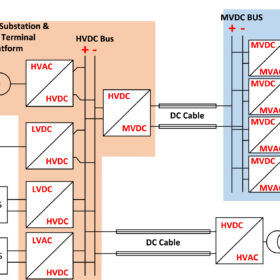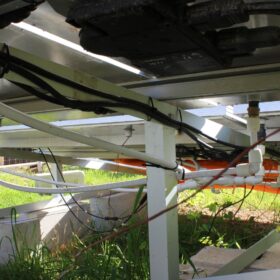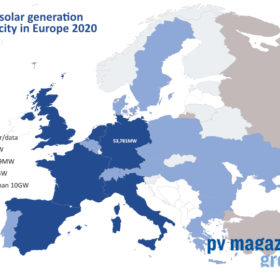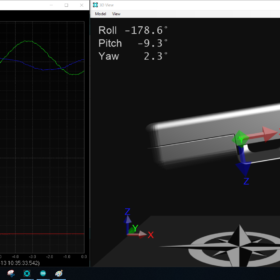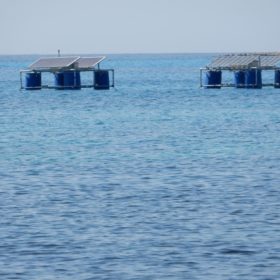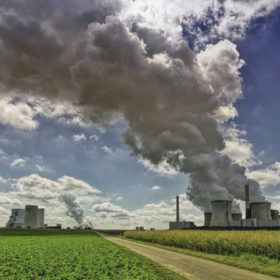Maltese scientists design offshore virtual power plant integrating PV, wind, storage
The proposed virtual power plant (VPP) integrates a platform-to-ship (P2S) setup to electrify anchored and bunkering ships, while also providing surplus electricity to the country’s grid. The system was designed to operate through a 200 MW floating wind farm and a 300 MW floating PV plant, with battery and compressed air systmes being used for energy storage.
PV module cooling tech based on water chamber
Scientists in Malta have created an after-market cooling solution that can be fitted to existing standard PV modules. The system is based on a water chamber placed at the backside of the module and can reportedly provide a net electrical energy gain of more than 9%.
Malta extends FITs, rebates for residential solar and batteries
Malta has extended its feed-in tariffs (FITs) and a rebate scheme to support the adoption of residential solar and battery energy storage systems for another year. The authorities will start accepting applicants for the two initiatives again from Feb. 23.
Only5mins! – Floating offshore PV in the Mediterranean
pv magazine speaks with Luciano Mule’Stagno, director of the Institute for Sustainable Energy at the University of Malta, about the prospects of floating offshore PV in Malta and the Mediterranean. He says offshore PV could become competitive with ground-mounted solar in some land-constrained countries.
Solar the fastest growing European clean power source
The latest numbers released by EU data body Eurostat indicate renewables, including hydropower, contributed 37% of Europe’s gross electricity consumption in 2020, up from 34% a year earlier.
Simulation tool to measure effect of waves on offshore floating solar
Developed by scientists in Malta, the tool is said to predict yield gains or losses that waves can determine in offshore PV installations. The research group identified three movements an offshore array can be subject to, and for each of them provided specific measurements.
New floating structure for offshore PV, from Malta
The new floating structures can be made of light, reinforced concrete or similar materials, and are claimed to withstand 6m high waves. They can be utilized with standard photovoltaic modules that are currently available on the market.
Eurostat figures confirm rise of renewables during Covid-hit 2020
While solar, wind and hydro generated 80 TWh more electricity last year than in 2019, coal and oil use fell in every EU member state, and Greek energy emissions fell almost 19%.
Lowest bid in Malta’s third PV tender hits €0.12/kWh
The highest bid in Malta’s latest procurement exercise was €0.129/kWh. The Maltese authorities selected eight PV projects, with capacities ranging from 1 MW to 3 MW.
Malta launches 15 MW solar tender
The government wants to procure several 1 MW-plus solar plants. The tender is the third of its kind, and part of the 50 MW incentive scheme the island’s government launched in November 2017.
